“Only those who will risk going too far can possibly find how far they can go.” (T.S. Eliot)
When Ruth and I originally booked a one week, studio Air B&B in the small town of Granby, Colorado a few months ago, we never foresaw that several, wind blown forest fires would be likely enveloping this area during the upcoming days of our visit. Neither did we anticipate that our housing facility would be designated as an evacuation lodging zone for those being displaced from their homes by the fires in surrounding regions. So upon arrival in Granby last Sunday, we seriously considered two reasonable travel options. Should we isolate ourselves indoors on these smoke infested days in our flat? Or could we bear with this health nuisance and complete our outdoor walking itinerary in nearby Grand Lake and the western reaches of Rocky Mountain National Park? Hearing weather alerts from the National Park Service of impending closures of the famed Trail Ridge Road that traverses the National Park further complicated our decision to sit tight or push on with our hiking activities as planned.
So with firm trust in our reputation as wandering warriors, we anticipated taking the gamble of hiking around the west side of Rocky Mountain N.P. the next day, hoping that the thick spreading smoke in this area would dissipate. So as we drove along State Road 34 to Grand Lake on Monday morning, we sensed that this pleasing scenario would indeed happen. For the winds had clearly died down and the smoke trails had shifted away west from the park. We thankfully learned as well at the Kawuneeche Visitor Center of the park that the forty eight mile Trail Ridge Road would be open to vehicular traffic across the park. A full day at Rocky Mountain N.P. for us would indeed take place. Observe below the amazing autumn scenery of our serene meadow walk at Coyote Valley Trailhead along the Colorado River. Notice as well the climax of our challenging car drive along the western side of Trail Ridge Road with a more strenuous hike in the highest elevation of the park at Alpine Visitor Center.
Hoping for similar weather on Tuesday, we unfortunately observed in Granby dense swarms of smoke clearly hovering north of us across the Grand Lake region. So with our eyes and throat now burning, spending another long day inside Rocky Mountain N.P. would thus not take place. You can thus observe photo highlights below of our Plan B option of a less challenging day on Tuesday containing a casual tour of Grand Lake shoreline, the downtown proper, and a short hike to Adams Waterfall. So should we stay the remainder of our planned week in Granby or relocate to another region of cleaner air to continue on our road trip? Only time will tell.

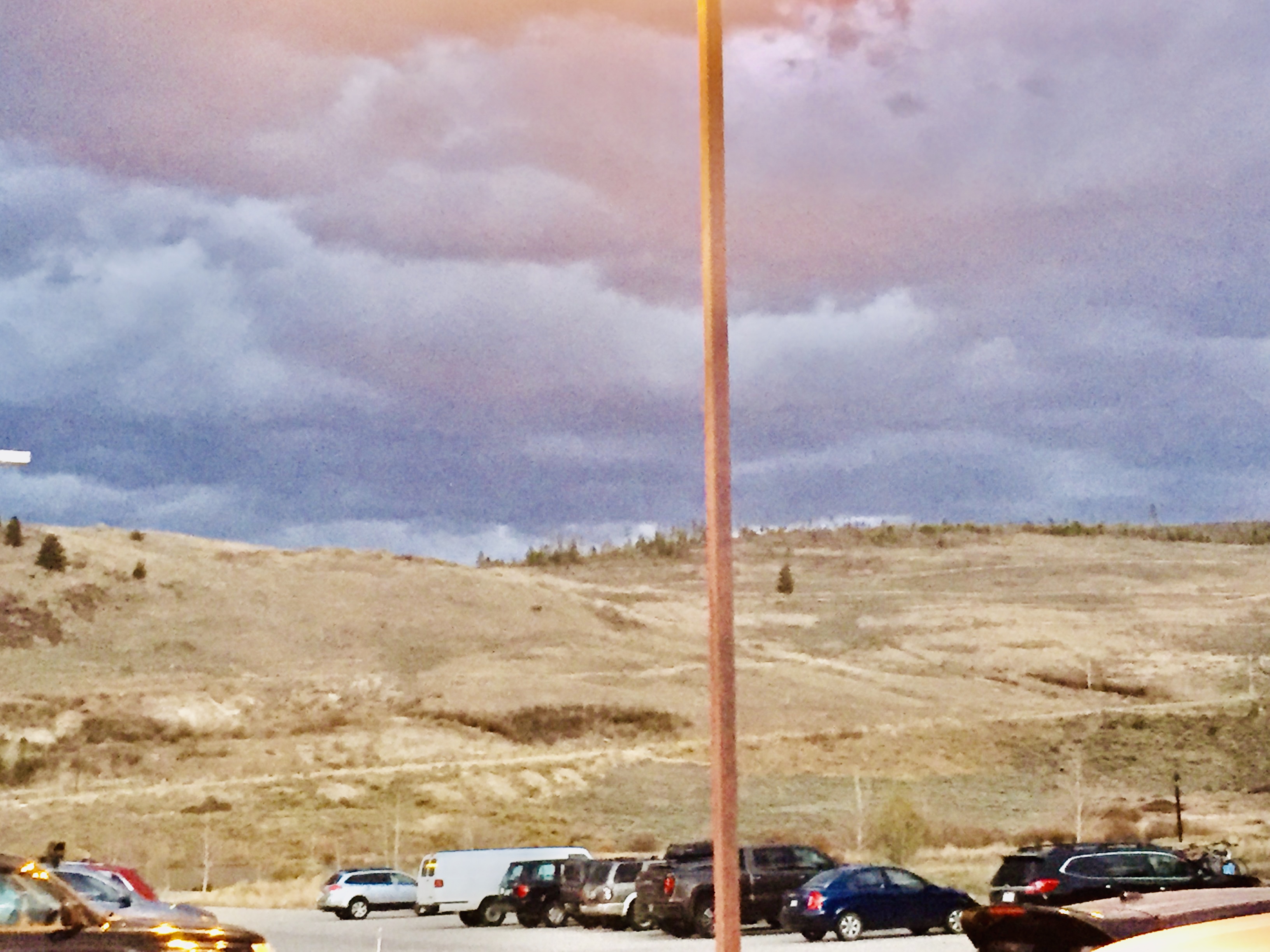


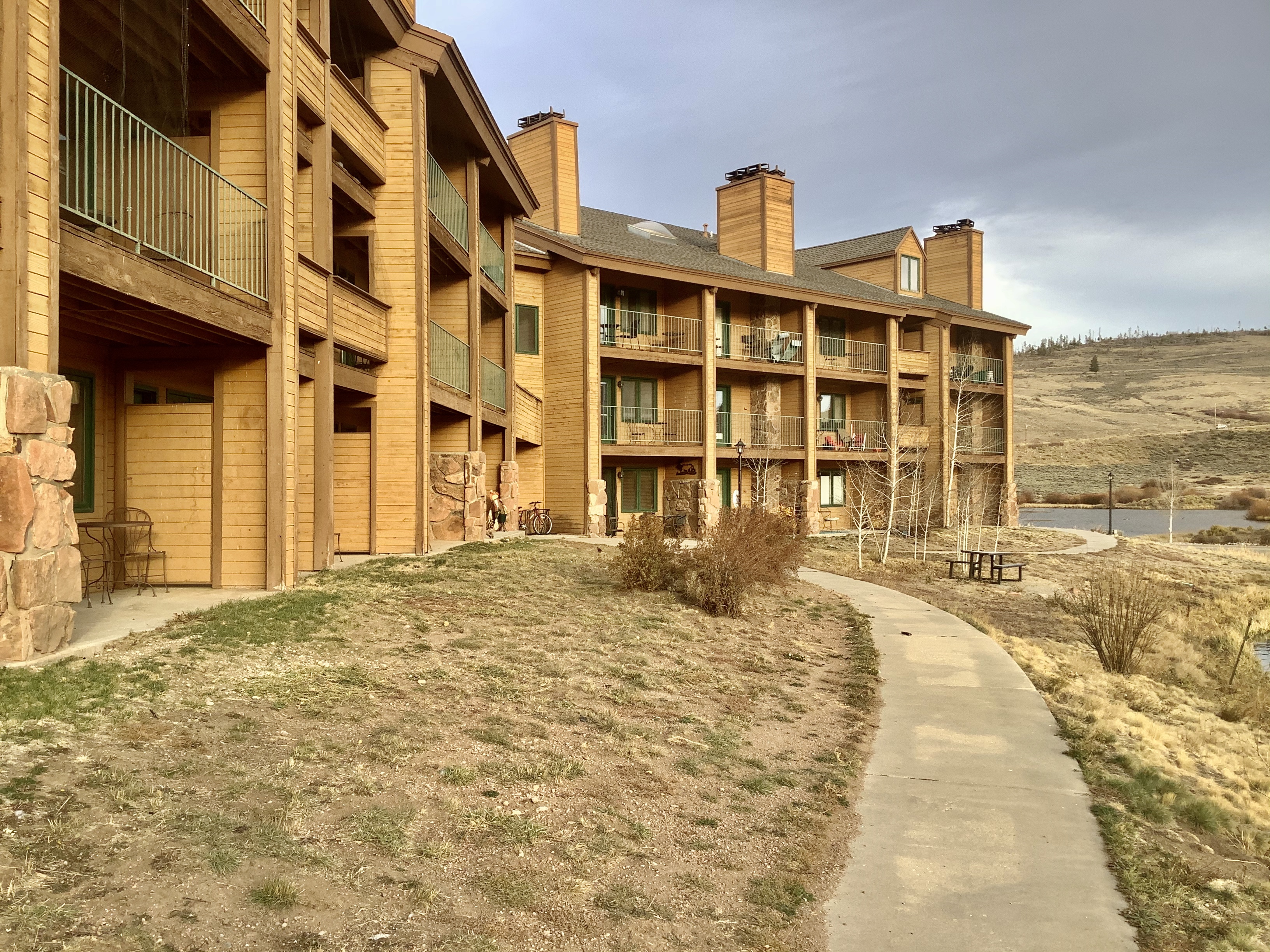










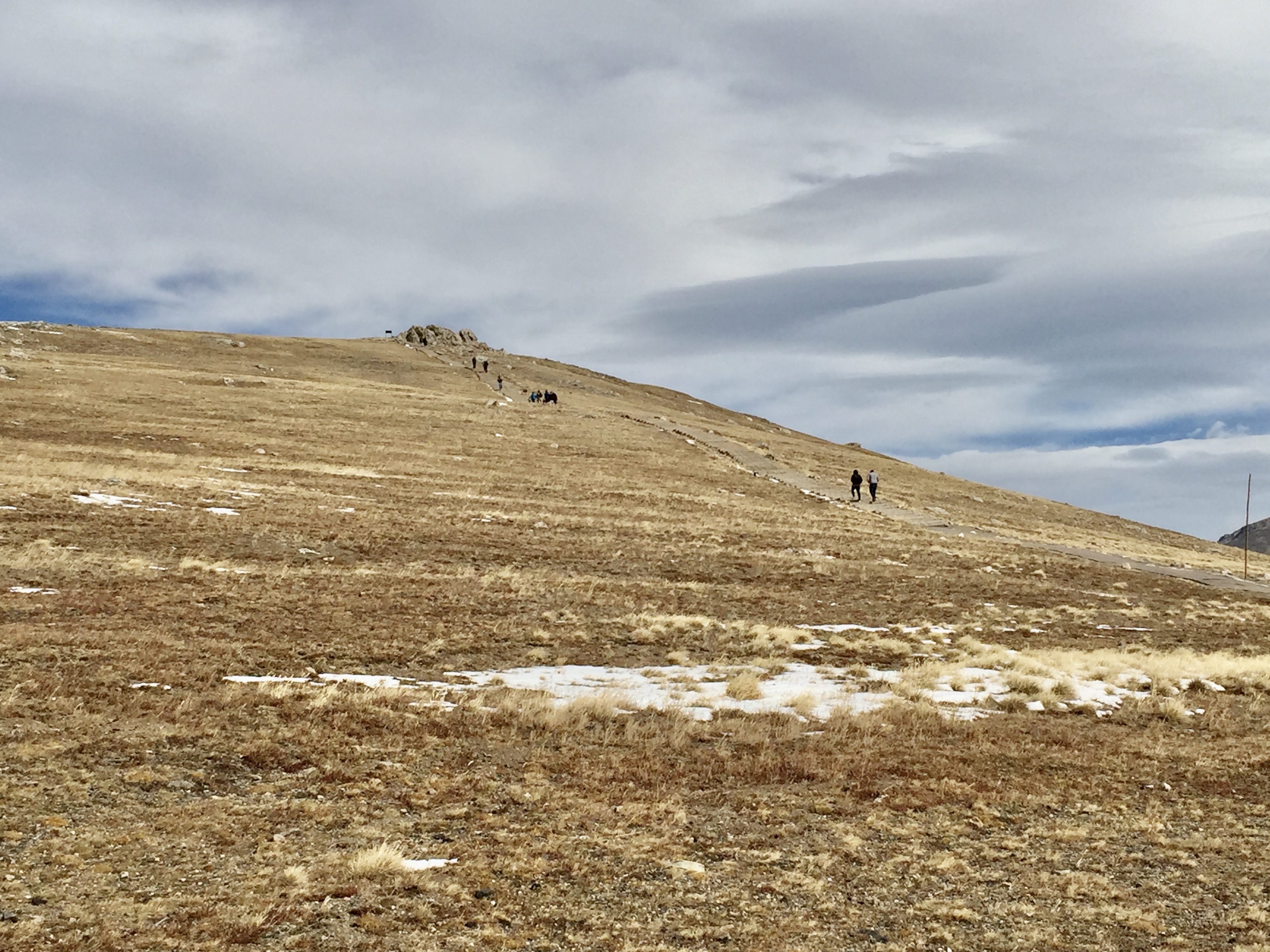
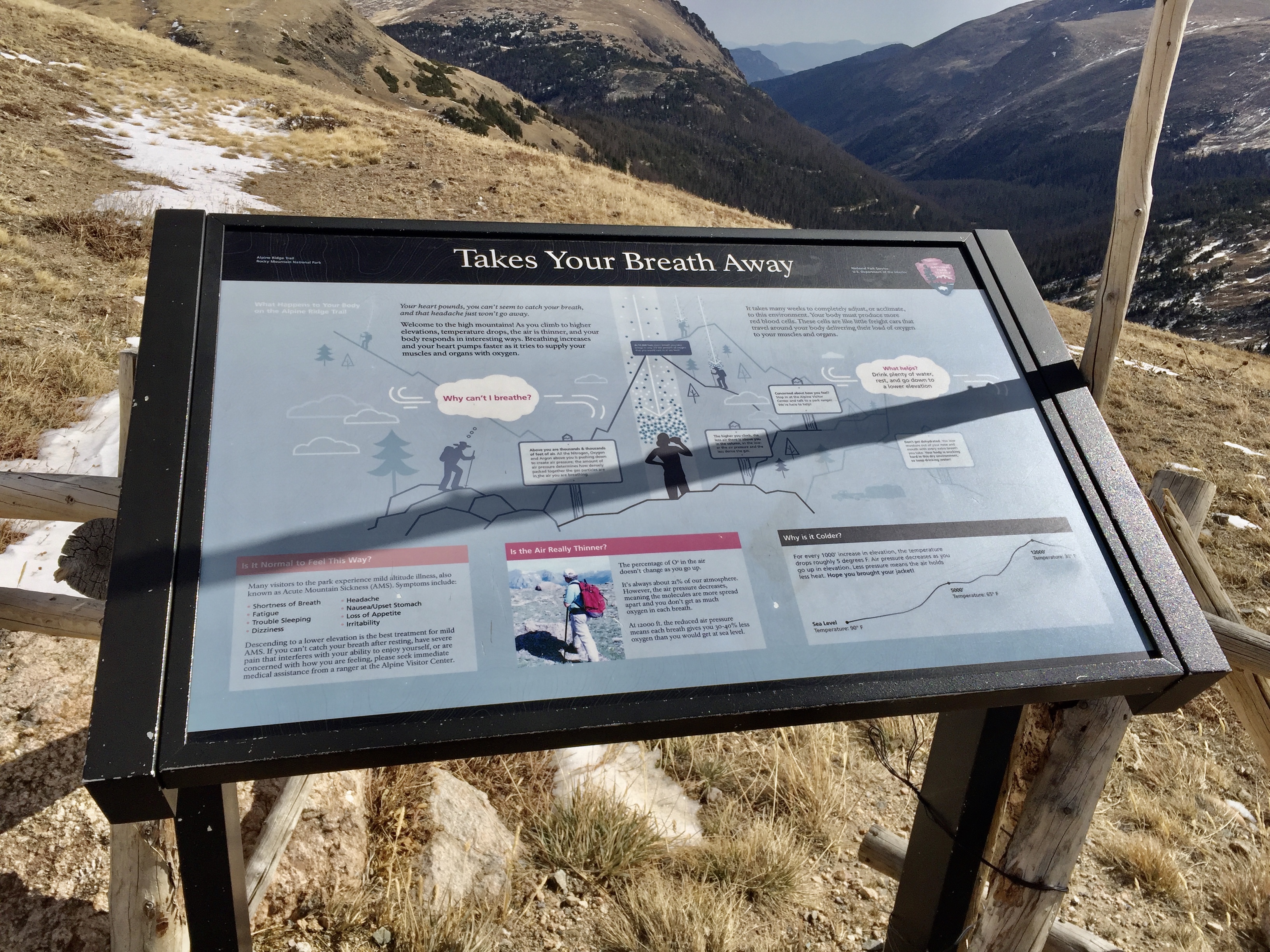
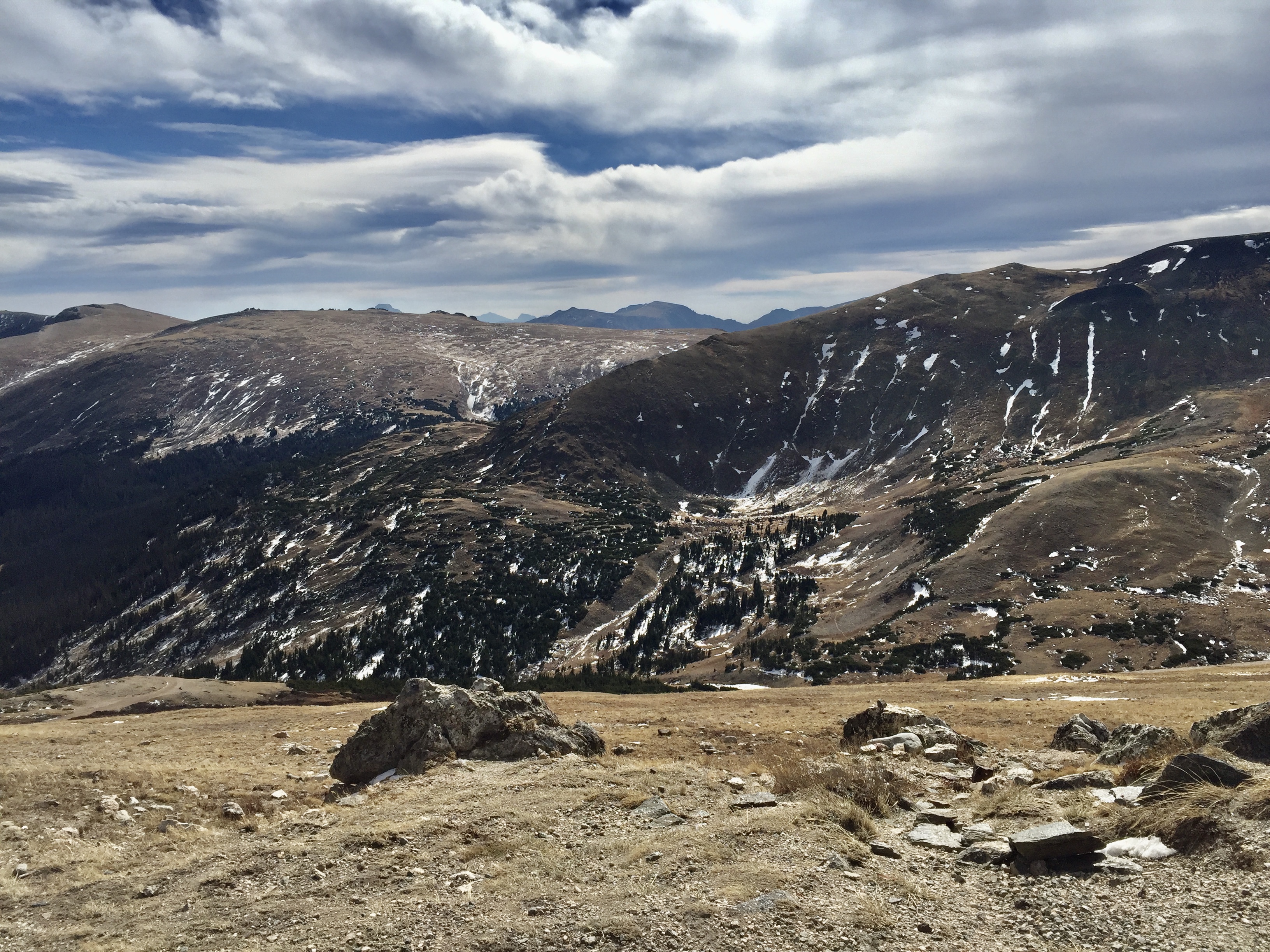



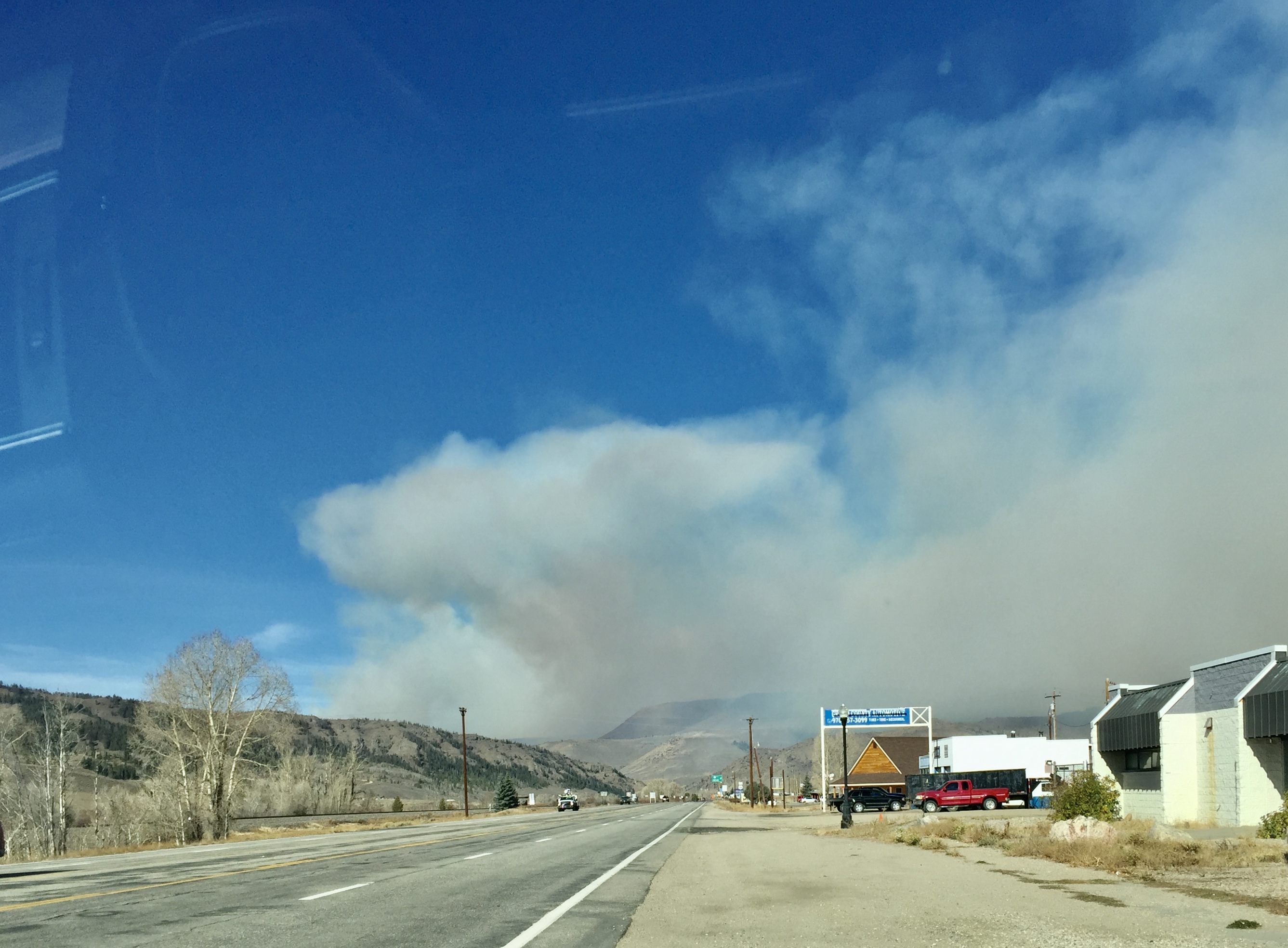
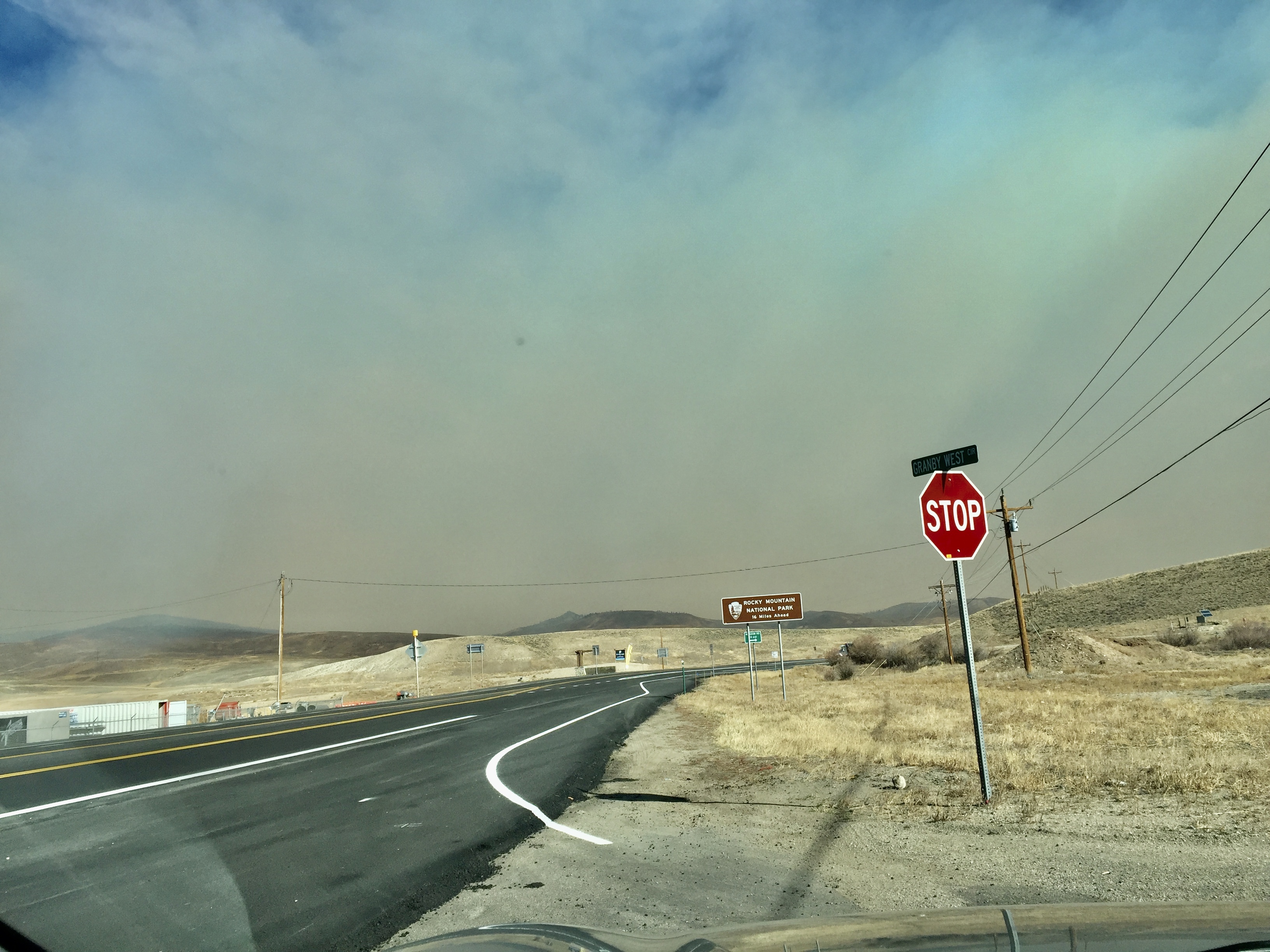







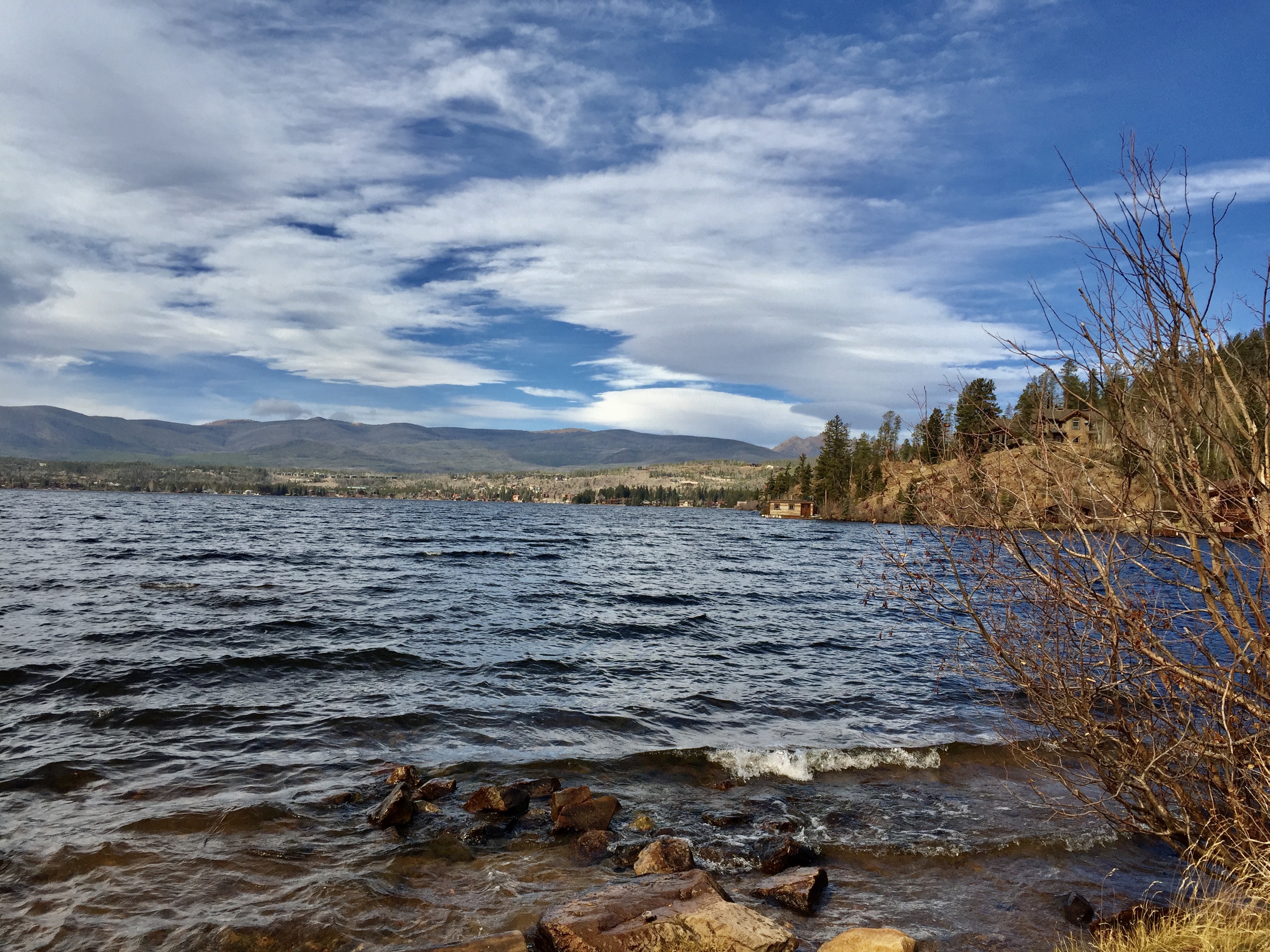
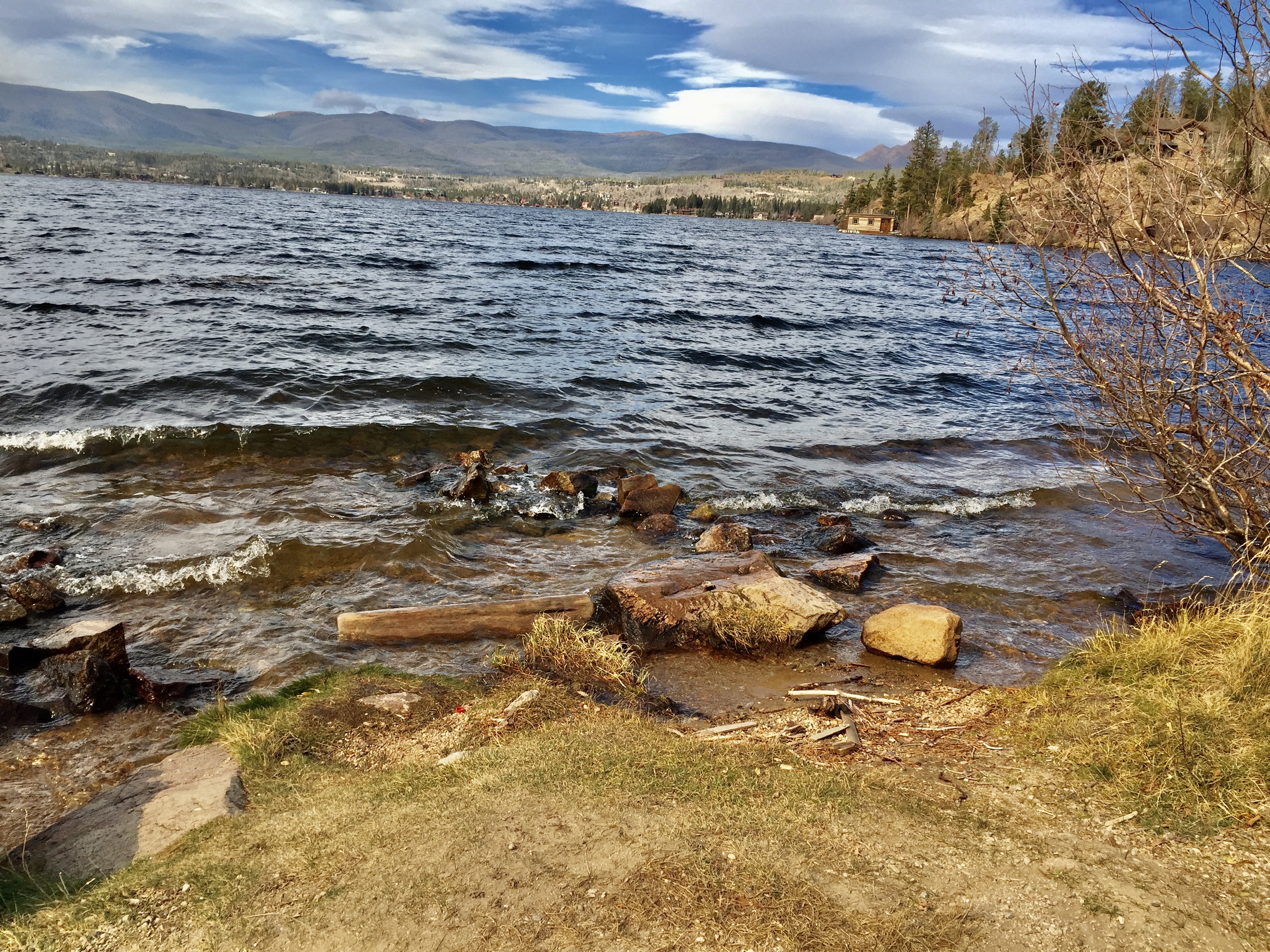



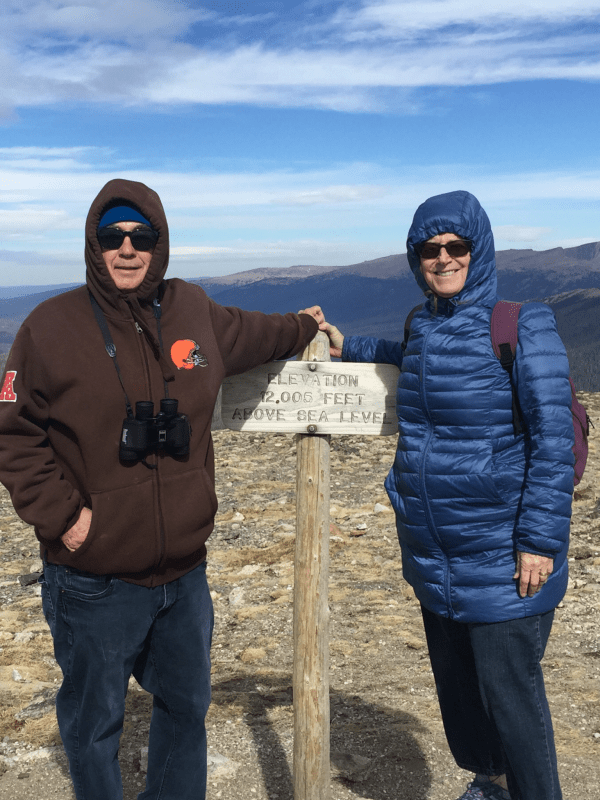







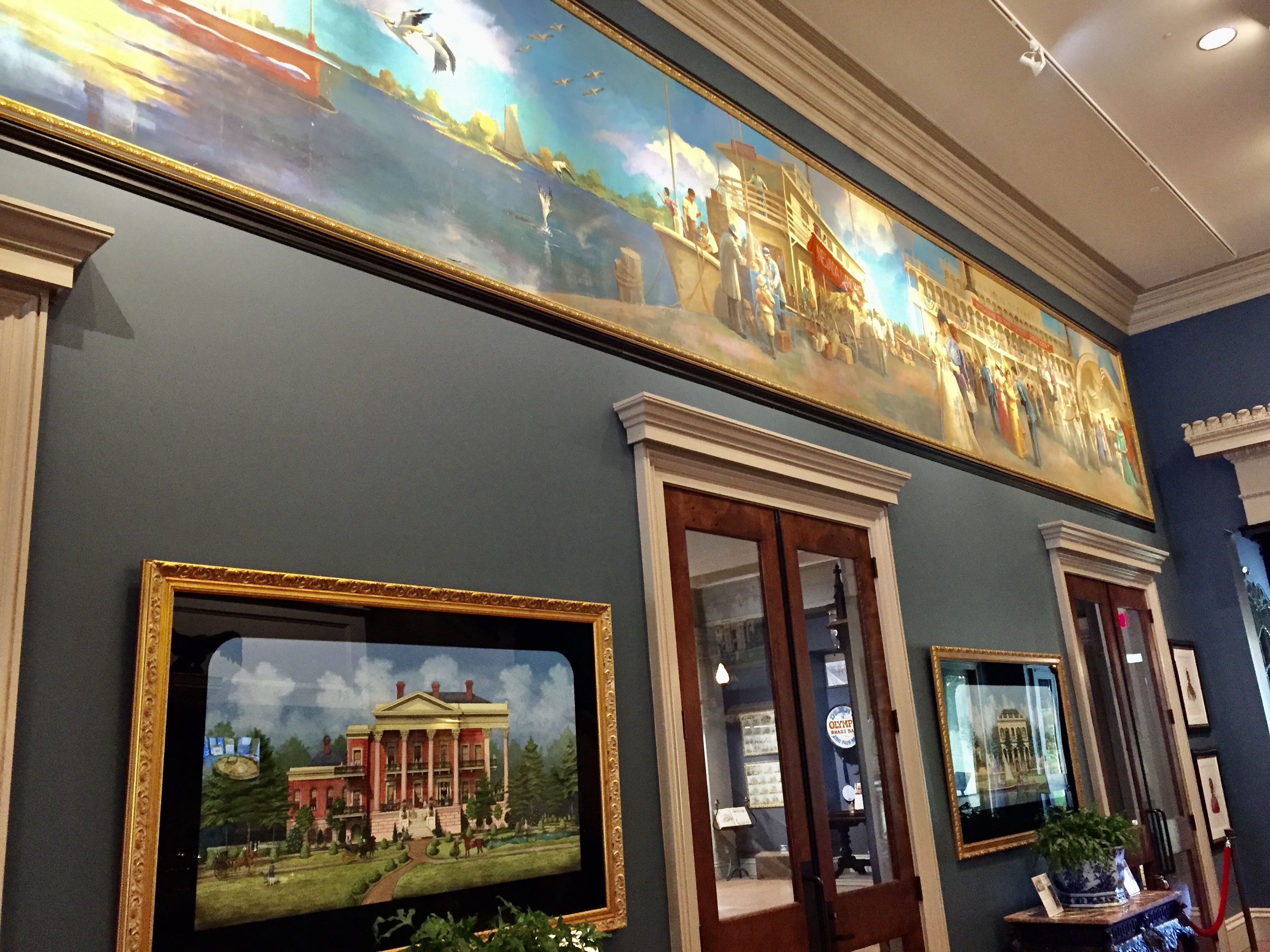

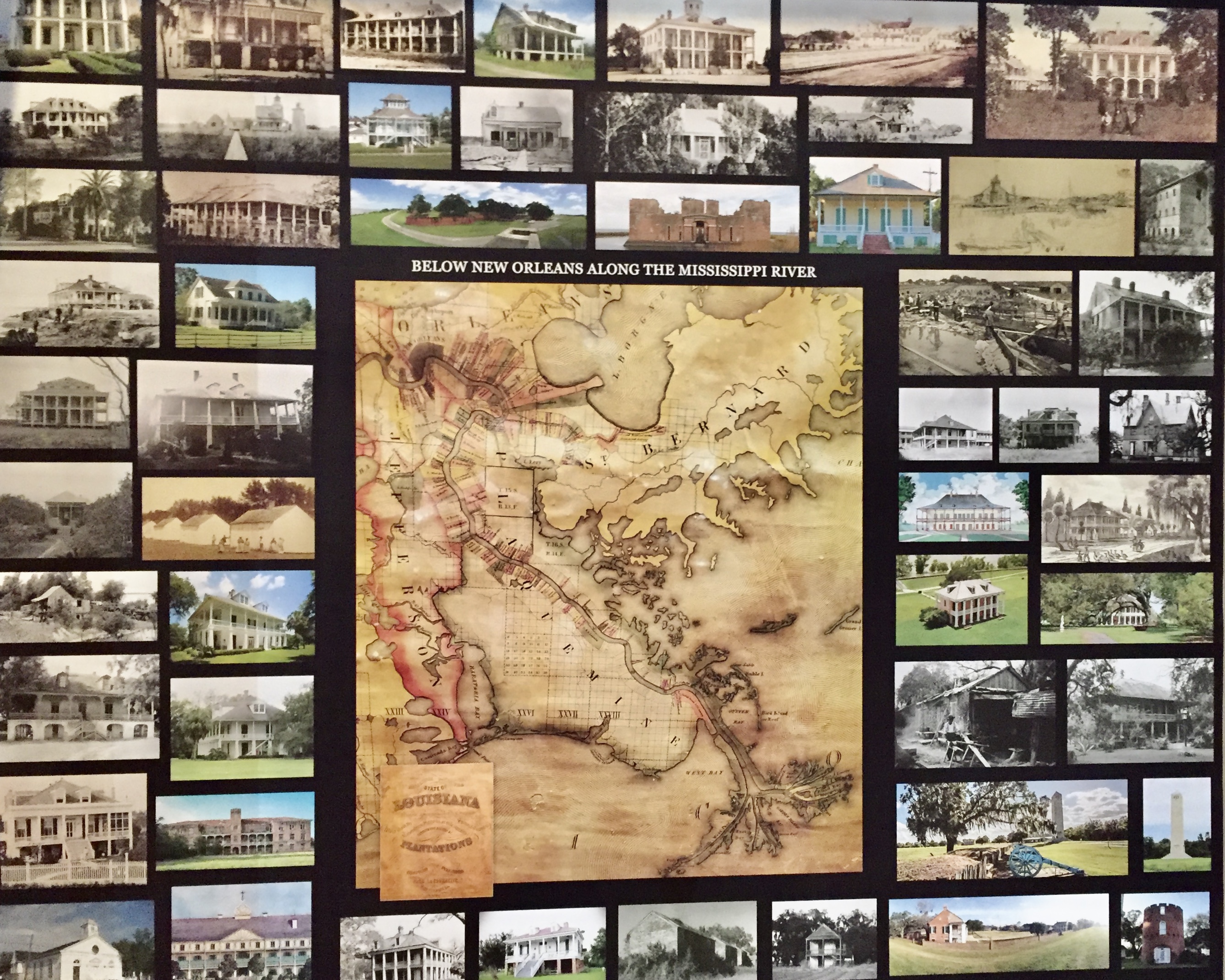 The historic legacies of several, famous plantations caught my attention through these galleries.
The historic legacies of several, famous plantations caught my attention through these galleries.
 I learned that the slavery practice flourished as millionaire white planters strove to profit economically in this cotton producing region.
I learned that the slavery practice flourished as millionaire white planters strove to profit economically in this cotton producing region. Gazing intently at this authentic photo of working plantation, I observed that housing built for working slaves seemed relatively humane.
Gazing intently at this authentic photo of working plantation, I observed that housing built for working slaves seemed relatively humane. Some slaves as depicted in these museum pictures seemed relatively well adapted to the slavery practice.
Some slaves as depicted in these museum pictures seemed relatively well adapted to the slavery practice.



 There appeared to be strong sentiment in this region to denounce the evils of slavery.
There appeared to be strong sentiment in this region to denounce the evils of slavery.

 Yet ultimately the “Confederacy elected to defend the maintenance of slavery by fighting a Civil War.
Yet ultimately the “Confederacy elected to defend the maintenance of slavery by fighting a Civil War.
You must be logged in to post a comment.